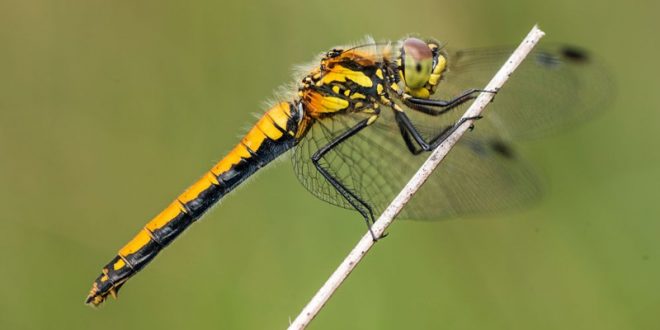A new research shows that when lady dragonflies aren’t in the mood, they go as far as to fake their own deaths, plummeting from the air and lying motionless on the ground when males they’re not interested in pester them for sex.
In a research recently presented to the Ecological Society of America, the behavior was reported in 27 out of 31 dragonflies observed, a percentage that suggests it could be a far more common tactic than previously realized. Out of these 27 instances, 21 of them proved successful, which means that in six instances, a dead female was still desirable enough for the male to attempt copulation. (Come on guys, seriously?)
According to lead researcher Rassim Khelifa from the University of Zurich, Switzerland, it was clear that the female dragonflies were being deceitful because as soon as the males flew away, the females would immediately brush themselves off and go about business as usual. To be fair to the females, sex isn’t exactly simple for moorland hawker dragonflies, and repeated copulation can permanently damage their reproductive tracts.
It’s still a surprising behavior; even more surprising that this is the first time it’s been observed in dragonflies despite how frequently the behavior was employed among the females studied.
“I was surprised,” admitted Khelifa, who has been studying dragonflies for 10 years.
Agencies/Canadajournal
 Canada Journal – News of the World Articles and videos to bring you the biggest Canadian news stories from across the country every day
Canada Journal – News of the World Articles and videos to bring you the biggest Canadian news stories from across the country every day



